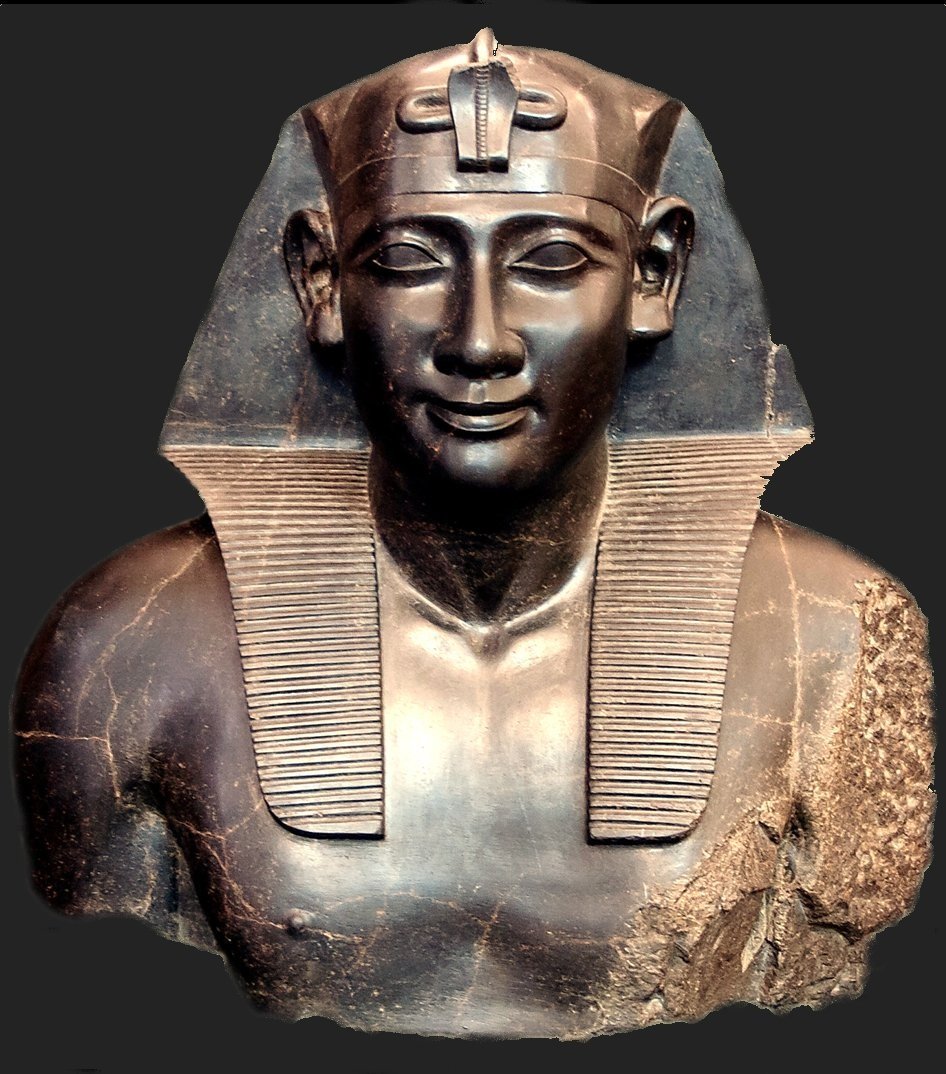The Ptolemaic Dynasty: History’s Worst Kings
/Image courtesy of Wikimedia Commons
History is filled with tales of royal corruption and decadence but tracing the origin of the more lurid stories generally leads to a political rival with a vested interest in discrediting their adversary. Real-life just isn’t as interesting as the rumours.
Image courtesy of Wikimedia Commons
Usually.
The Ptolemaic dynasty is the exception. Their history reads like ad copy for guillotines.
The story of the Ptolemaic Kingdom isn’t widely known, but most of us know the beginning and the end. It begins 305 BCE with the death of Alexander the Great. As Alexander's empire started to break up, one of his generals, called Ptolemy, took his army to Egypt and declared himself Pharaoh, becoming Ptolemy I Soter and establishing the Ptolemaic Kingdom.
Things went well at first, but Ptolemy I had a difficult balancing act to perform. He was a Macedonian, leading a Macedonian army, and to retain their loyalty, he needed to be a king in the Macedonian tradition. However, the vast majority of his subjects were Egyptian, and to prevent them from overthrowing him, he also needed to be a pharaoh in the Egyptian tradition.
Image courtesy of Wikimedia Commons
Ptolemy I did a pretty good job splitting the difference, but his successor, Ptolemy II, did the Egyptian thing and married his sister. The Macedonians thought this was very weird and gave him the name Ptolemy II Philadelphus, or sibling-lover, but this was exactly what was expected of an Egyptian pharaoh.
Things started to go downhill from here. The first five weren’t crazy, but after that it gets absurd.
Ptolemy V died in 180 BCE and the kingdom entered a sort of Schrödinger’s monarchy. Ptolemy VI was only six when his father died, so Cleopatra I ruled for a while, then when she died two of her friends took over, then all three children were the king at the same time. Ptolemy VI married Cleopatra II, and there were constant power struggles between him and Ptolemy VIII. Both brothers succeeded in exiling the other and seizing the throne at one point or another.
Ptolemy VI and Cleopatra II had two children, Ptolemy VII and Cleopatra III. If you're wondering why the numbers aren’t in order, it’s because the scholars who numbered everyone were just as confused by this mess as I am.
Image courtesy of Wikimedia Commons
Anyway, at one point, Cleopatra II sent Ptolemy VII to Ptolemy VIII, and Ptolemy VIII was so affronted at this that he cut his nephew into pieces and sent them to his sister on her birthday.
It seems like something that would spoil a relationship, but apparently not because when Ptolemy VI died, Cleopatra II married Ptolemy VIII. It was Ptolemy VIII’s decision to also marry Cleopatra III, his daughter-in-law/niece that did that.
So there was a civil war between Cleopatra II and her brother/husband and daughter, but she lost and just went back to being married to him.
And they all lived happily ever after.
Thanks to Ptolemy VIII's innovative decision to combine incest with polygamy, the family tree becomes a total mess from here to the end of the dynasty. It defies description, but you can see it for yourself here.
Still, the Ptolemaic Kingdom staggered on through decades of misrule until Cleopatra VII, who was reportedly one of the best-educated women in the Mediterranean, despite being massively inbred, made an alliance with Julius Caesar, and we all know how the story goes from there.
The world is full of fascinating histories, yet all too often they are relegated to playing bit parts in the histories of a chosen few.
It is remarkable how much interesting stuff is out there for those who stray from the beaten path.
Taliesin Rouleau
Taliesin is a student at Algonquin College. He was raised in the woods by Neo-Pagans and studies Medieval combat from old manuscripts as a hobby.






